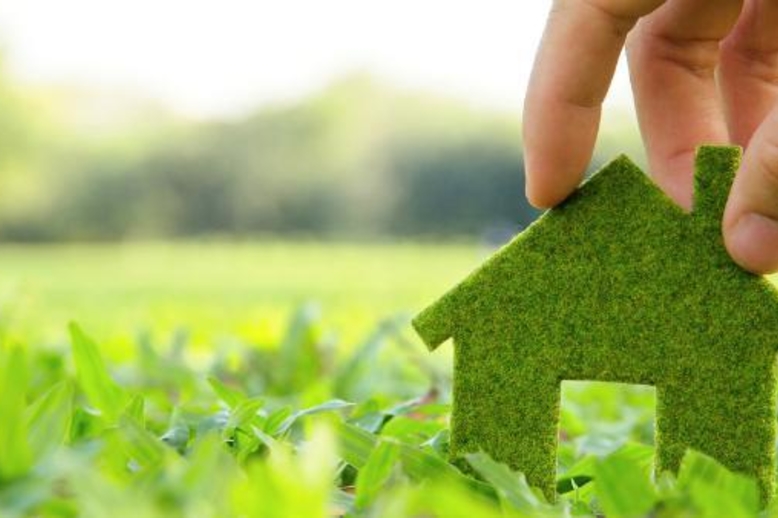There was a time when we ignored Al Gore’s plights on creating a greener world. But now that most are experiencing global warming, industries are trying to provide better care for mother Earth.
Green construction is an approach in the building industry that aims for environmental sustainability by reducing negative human impacts to the environment. From design and construction to operation, this new framework fosters a more harmonious relationship between human and environment.

Making the Most Out of Free Resources
Much of a building’s operation costs come from electricity and water, resources that are quickly depleting. Making the most out of the each asset that our planet provides could not only cut your costs, but also contribute to a better environment.
Electricity and water costs could be cut down by:
- Proper Ventilation and Insulation.
Proper ventilation can cut down air-conditioning costs. This includes properly placed windows that do not face the sun directly. There’s also landscaping, especially planting trees, to provide a cooler environment and extra shade.
During colder seasons, green buildings provide better insulation through proper sealing. Have your home inspected for leaky doors or windows that let heat out than keeping it in. The less leakage, the less energy is consumed.
- Use of Solar Panels
Nowadays, solar panels are common. Make use of the space that your roof consumes. It may be quite costly to have them installed at first. However, the initial investment can guarantee good returns that don’t only make you feel good about the extra money you save, but also on how you efficiently use free energy.
- Automation
Programmable thermostat, motion-sensitive lights, and automatic faucets are some examples of automating green habits that could cut your expenses. These features are already prominent in corporate buildings and malls. These can be brought to homes as well.
- Harvesting Rainwater
Some water expenditures do not necessarily need clean drinkable water. You only need clear ones. Rainwater can be stored in order to utilize it to water plants and clean your cars.
- Updating your Appliances
Advances in technology provide better energy efficiency. Consumption of electricity by air conditioners and refrigerators has lessened in the past 10 years. Some old appliances may even cause bills to skyrocket. Designing your building that match new technology (for example, an inverter for air conditioning) encourages clients to prefer newer models than reusing their old ones that may harm the environment.
- Space Efficiency
Smaller people consume less food. Same with a building, a larger one would consume more energy and therefore impacts the environment on a bigger scale. Consider your needs before building. How many rooms do you actually need? Maybe you can expand vertically than horizontally? Another benefit for a small home or building is more free space for a backyard or landscaping. It’s aesthetically pleasing and environmentally safe.
These are practical tips whether you’re constructing a new building or retrofitting. Environmental practices are just another thing to consider, but they’re proven to be beneficial in the long run.
Written by Hubert Builders, a full service commercial construction company in Columbia, MO.

